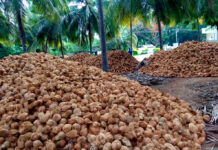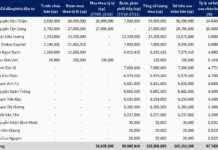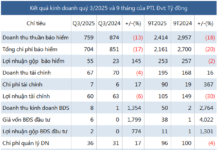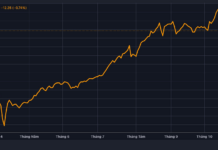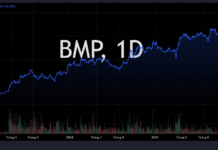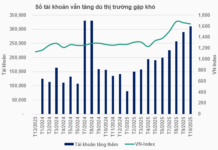
Illustrative image
According to preliminary statistics from the General Department of Customs, Vietnam’s rubber imports in August reached over 169,000 tons, valued at more than $254 million, marking a 3.6% decrease in volume and a 7.1% decline in value compared to July. Cumulatively, in the first eight months of the year, the country imported over 1.1 million tons of rubber, with a total value exceeding $1.95 billion, reflecting a 4.3% increase in volume and a 13.6% rise in value compared to the same period in 2024.
In terms of market share, Cambodia remains a long-standing key supplier of rubber to Vietnam, leading the market for several consecutive years. Specifically, Vietnam imported over 453,000 tons of rubber from Cambodia since the beginning of the year, valued at more than $605 million, representing an 8% decrease in volume but a 4% increase in value compared to the same period in 2024. The average import price stood at $1,333 per ton, a 13% increase from the first eight months of 2024.

In recent years, rubber has consistently been one of Cambodia’s top export commodities. In 2024, the country earned $700 million from exporting rubber-based products. Notably, Kampong Thom province is regarded as Cambodia’s “rubber capital,” thanks to the significant investments and operations of companies under the Vietnam Rubber Group in the region.
China ranks second among Vietnam’s rubber suppliers, with a volume of over 180,000 tons and a value exceeding $316 million, marking a 45% increase in volume and a 30% rise in value. The average import price decreased by 10%, to $1,754 per ton.
South Korea is Vietnam’s third-largest rubber supplier. Since the beginning of the year, the East Asian nation has exported over 126,000 tons of rubber to Vietnam, valued at more than $212 million, reflecting an 8% increase in volume and a 5% rise in value compared to the same period last year. Prices saw a 3% decrease, averaging $1,675 per ton.
Currently, the import tax on natural rubber ranges from 5% to 10%, depending on the product type and origin. For imports from ASEAN countries, free trade agreements like AFTA may offer preferential rates, including 0% import tax, provided a valid Certificate of Origin (C/O) is available.
Vietnam and Thailand are among the world’s leading rubber exporters, playing a crucial role in the global supply chain for tire, glove, and industrial product manufacturing. Thailand has consistently held the top position in natural rubber exports, with its output typically accounting for over 30% of the global market share, primarily targeting major markets such as China, Japan, the U.S., and Europe.
Vietnam ranks third globally, following Thailand and Indonesia, with strengths in processed latex and composite rubber, mainly exported to China, India, and South Korea. While Thailand maintains its advantage through extensive cultivation areas, stable production, and advanced processing systems, Vietnam stands out for its product diversification and market expansion efforts facilitated by free trade agreements.



